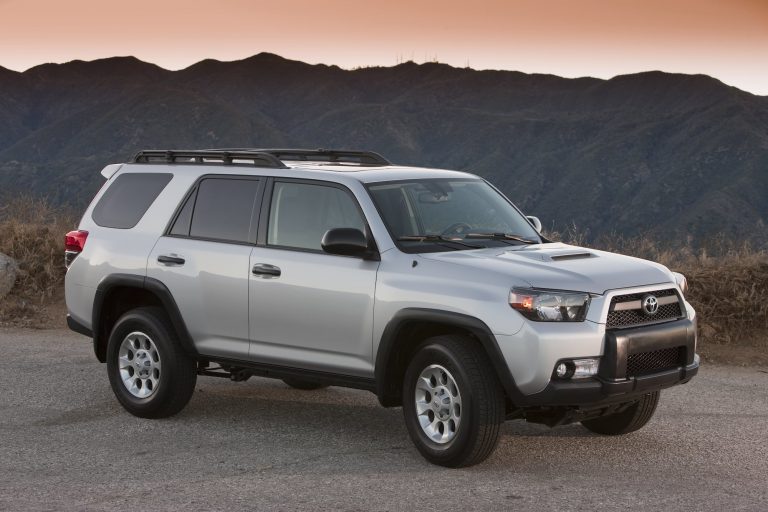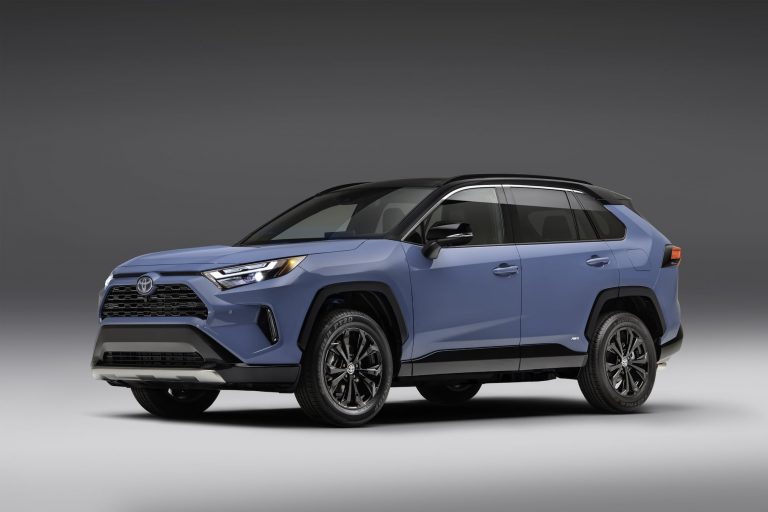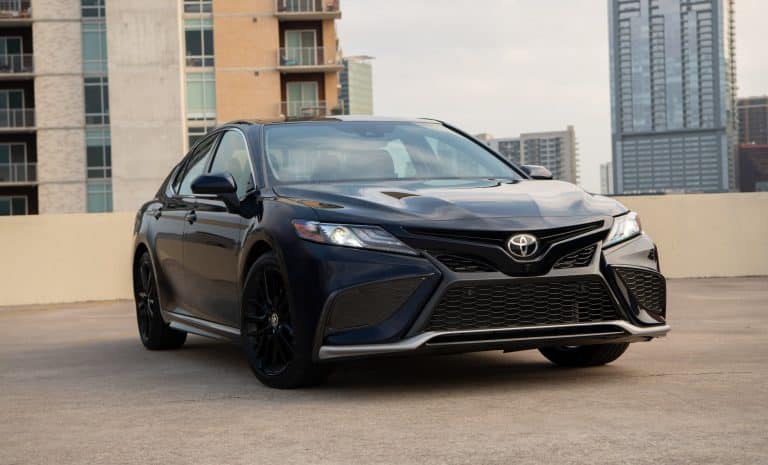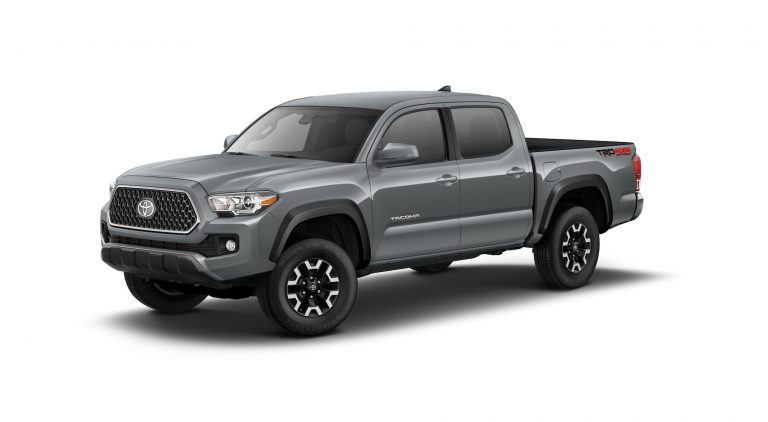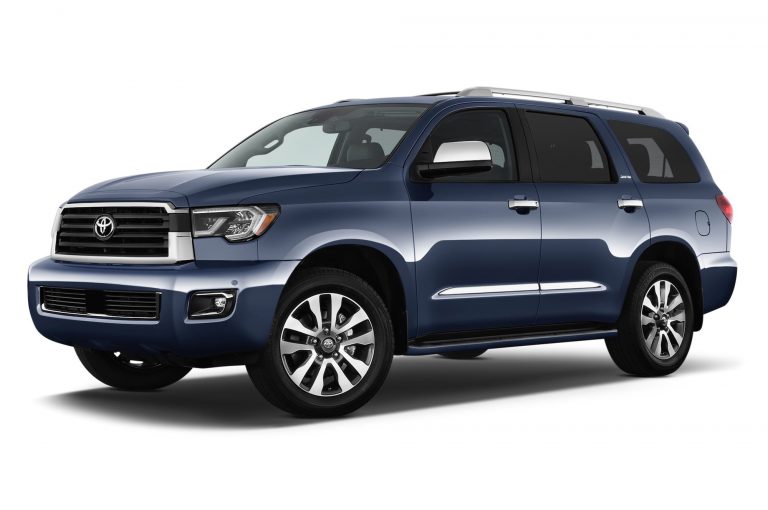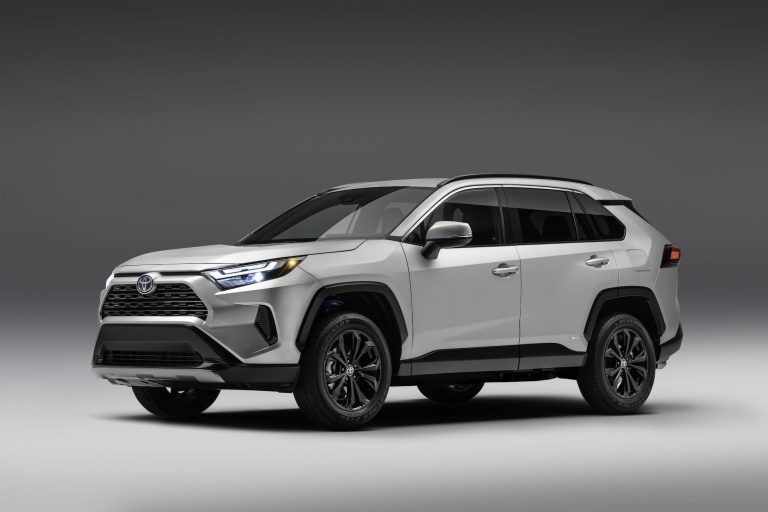Honda S2000 (Gen 1 / 2, 2000-2009) Maintenance Schedule and Service Intervals
This is the maintenance schedule and service intervals for the Honda S2000, Honda’s iconic rear-wheel-drive naturally aspirated sports car that’s now a collectible classic and rising in price.
While a few different specs of the Honda S2000 were released in the Europe/the UK, the US, Japan, and elsewhere (different engines and interior specs), the general recommended maintenance schedule and service intervals for the Honda S2000 remain the same.
Honda introduced the S2000 as a front-engine, rear-wheel-drive sports car with a 2-litre inline four-cylinder engine. With only 1997 cc, the F20C DOHC 16-valve engine was tuned aggressively and enhanced with VTEC (Honda’s variable valve timing system) to produce 240 SAE bhp @ 8300 rpm, with peak torque of 153 lb-ft at 7500 rpm.
Honda updated the S2000’s engine in 2004 in the US, increasing the capacity to 2.2L (2157cc), changing the denomination to F22C. Owners call this the “second gen” Honda S2000.
Honda kept the quoted peak power at the same figure, but coming on lower at 7800 rpm. Peak torque increased to 162 ft-lb at 6800 rpm — more torque, at lower rpm. By contrast, the redline dropped from 9000 to 8000 rpm.
Honda also improved many other components, including aesthetics, suspension, braking, chassis rigidity, and even lighting.
In 2006, Honda added drive-by-wire to the Honda S2000, enabling traction control and eliminating the throttle cable and cruise control actuator, and in 2008 added a TPMS. Aside from those, there were only minor changes to the suspension and to the interior.
The 2008-2009 Honda S2000CR is more factory ready for club racing and track days. It has improved suspension, aerodynamics, tighter steering, a stiffer body, fewer standard luxury items (like a soft top, audio system, air conditioning), and more aggressive tires.
The prescribed maintenance schedule for all variants (the Gen 1 S2000, Gen 2 S2000, and the S2000CR) is the same.
This post was originally published on April 3, 2022, but has since been considerably updated with more detail.
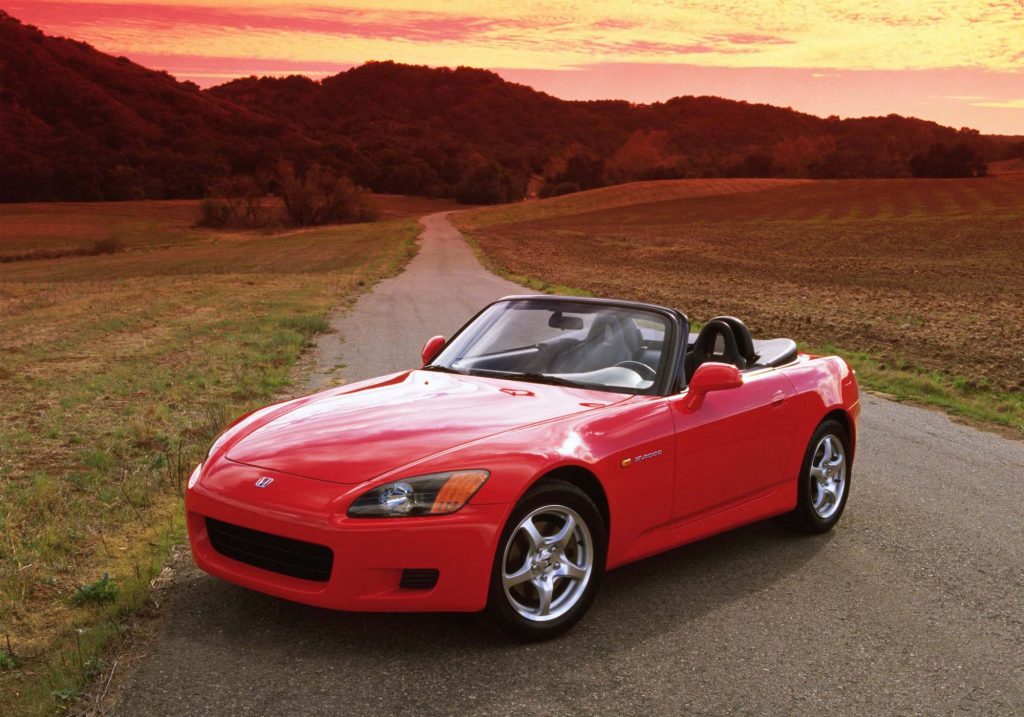
Honda S2000 Service Intervals
Generally, the Honda S2000 has 7500 mile / 12000 km service intervals
The maintenance schedule / service interval for the Honda S2000 is
- Every 7500 miles / 12000 km or year: Change the oil
- Every 15000 miles / 24000 km or year: Change the oil filter, and inspect braking system, suspension parts, steering components, and all fluids
- Every 2 years: Inspect drive belts, replace engine air and cabin air filters, and rear diff fluid
- Every 3 years: Replace brake fluid
- Then a few other items less frequently
There’s more detail in the full maintenance schedule below.
Honda also has a separate maintenance schedule for if you drive your S2000 predominantly aggressively, e.g. if this is your Sunday driver exclusively for fast roads or track days. That’s further below.
Maintenance schedule for the Honda S2000
Below is the maintennace schedule from the Honda S2000.
It’s from the manual (both for Gen 1 and verified against the 2.2L Gen 2 for the US), and reformatted here for easier use.
Notes on the maintenance schedule
- Follow the earlier of distance or time-based intervals where relevant. Sometimes there’s just distance-based intervals (e.g. checking the air filter), and sometimes just time (e.g. brake fluid)
- The below schedule goes up to 150000 miles / 240000 km. After that point, follow it in the pattern shown. Note you have to do some things more frequently at certain points (e.g. checking coolant more often)
- Change the engine oil and tire pressures twice every service interval at least. That’s why there are two check marks (✓✓) in those boxes.
Honda S2000 maintenance — Regular use
Below is the maintenance schedule for regular use of the Honda S2000.
Items marked with an asterisk (*) should be checked more often if you drive your S2000 in harsher conditions (e.g. it’s exclusively your aggressive Sunday driver).
| miles x 1000 | 15 | 30 | 45 | 60 | 75 | 90 | 105 | 120 | 135 | 150 | |
|---|---|---|---|---|---|---|---|---|---|---|---|
| km x 1000 | 24 | 48 | 72 | 96 | 120 | 144 | 168 | 192 | 216 | 240 | Every |
| Check engine oil and coolant levels | Fuel stop | ||||||||||
| Check tires | Month | ||||||||||
| Replace engine oil * | ✓✓ | ✓✓ | ✓✓ | ✓✓ | ✓✓ | ✓✓ | ✓✓ | ✓✓ | ✓✓ | ✓✓ | 7500 miles / 12000 km or year |
| Check tires inflation and condition * | ✓✓ | ✓✓ | ✓✓ | ✓✓ | ✓✓ | ✓✓ | ✓✓ | ✓✓ | ✓✓ | ✓✓ | 7500 miles / 12000 km |
| Replace engine oil filter * | ✓ | ✓ | ✓ | ✓ | ✓ | ✓ | ✓ | ✓ | ✓ | ✓ | Year |
| Check front and rear brakes * | ✓ | ✓ | ✓ | ✓ | ✓ | ✓ | ✓ | ✓ | ✓ | ✓ | Year |
| Check parking brake adjustment * | ✓ | ✓ | ✓ | ✓ | ✓ | ✓ | ✓ | ✓ | ✓ | ✓ | Year |
| Inspect tie-rod ends, steering gearbox, and boots * | ✓ | ✓ | ✓ | ✓ | ✓ | ✓ | ✓ | ✓ | ✓ | ✓ | Year |
| Inspect suspension components * | ✓ | ✓ | ✓ | ✓ | ✓ | ✓ | ✓ | ✓ | ✓ | ✓ | Year |
| Inspect driveshaft boots * | ✓ | ✓ | ✓ | ✓ | ✓ | ✓ | ✓ | ✓ | ✓ | ✓ | Year |
| Inspect brake hoses and lines (including ABS) | ✓ | ✓ | ✓ | ✓ | ✓ | ✓ | ✓ | ✓ | ✓ | ✓ | Year |
| Inspect all fluid levels and condition of fluids | ✓ | ✓ | ✓ | ✓ | ✓ | ✓ | ✓ | ✓ | ✓ | ✓ | Year |
| Inspect exhaust system | ✓ | ✓ | ✓ | ✓ | ✓ | ✓ | ✓ | ✓ | ✓ | ✓ | Year |
| Inspect fuel lines and connections | ✓ | ✓ | ✓ | ✓ | ✓ | ✓ | ✓ | ✓ | ✓ | ✓ | Year |
| Inspect drive belts | ✓ | ✓ | ✓ | ✓ | ✓ | 2 years | |||||
| Replace dust and pollen filter | ✓ | ✓ | ✓ | ✓ | ✓ | 2 years | |||||
| Replace air cleaner element | ✓ | ✓ | ✓ | ✓ | ✓ | More often in dusty conditions | |||||
| Replace spark plugs | ✓ | ||||||||||
| Inspect valve clearance | ✓ | Or earlier, if valves are noisy | |||||||||
| Replace manual transmission fluid * | ✓ | 8 years | |||||||||
| Replace rear differential fluid * | ✓ | ✓ | ✓ | ✓ | ✓ | 2 years | |||||
| Inspect idle speed | ✓ | ||||||||||
| Replace engine coolant | ✓ | First at 10 years Then every 60000 miles (96000 km) or 5 years | |||||||||
| Replace brake fluid | 3 years (independent of mileage) |
Honda S2000 maintenance schedule changes — Severe Conditions
Below are the items to check more often if you drive your S2000 under “severe conditions”. These are marked with an asterisk in the above table
Basically, if you drive your car aggressively, you should check the below items twice as often. Also, change the oil filter with the engine oil (rather than half as often).
| Inspection item | Severe conditions maintenance interval |
|---|---|
| Change engine oil and oil filter | 3750 miles / 6000 km or 6 months |
| Check tires inflation and condition | 3750 miles / 6000 km |
| Check front and rear brake | 7500 miles / 12000 km |
| Inspect tie-rod ends, steering gearbox, and boots | 7500 miles / 12000 km |
| Inspect suspension components | 7500 miles / 12000 km |
| Inspect driveshaft boots | 7500 miles / 12000 km |
| Manual transmission fluid | 60000 miles / 96000 km |
| Replace rear differential fluid | 15000 miles / 24000 km |
About the Honda S2000
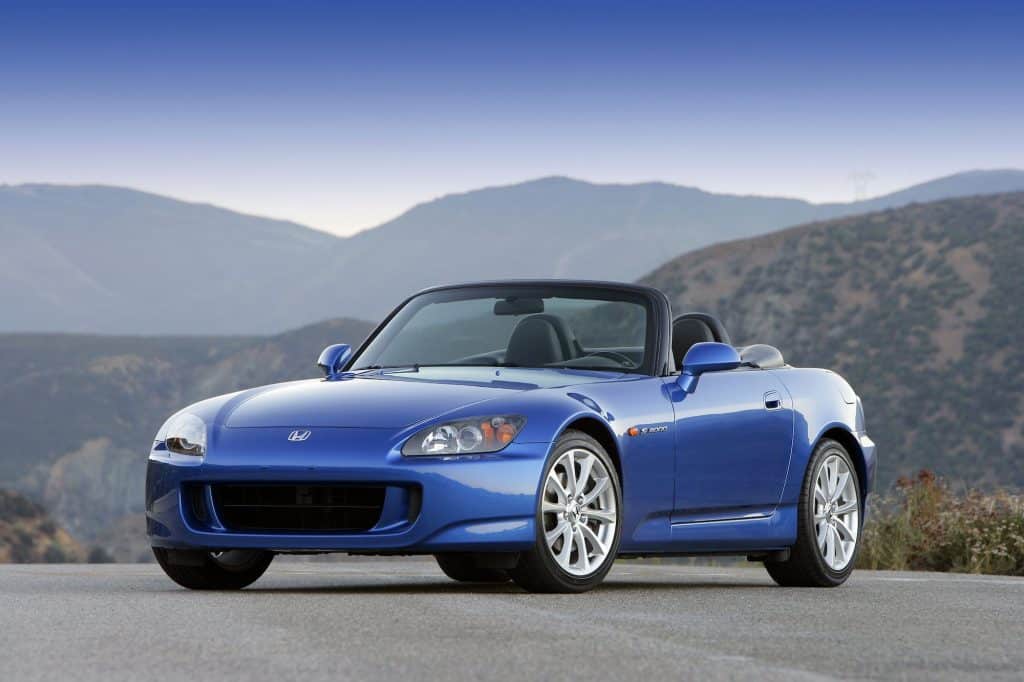
The Honda S2000 is a classic — a rare example of a sports car that has been constantly appreciating in value.
These days, the closest thing to a Honda S2000 is something like a BMW Z4 (which has an inline six cylinder engine, and comes in turbocharged variants), or the Toyota GR 86 / Subaru BRZ, neither of which come as a convertible (but in terms of being an “enthusiast” car, they’re on par).
The S2000 is definitely an enthusiast car, though. With a naturally aspirated 2.0 litre (gen 1) or 2.2 litre (gen 2) engine that revs willingly up into “motorcycle rpms” territory, the S2000 is a car that’s fun to wind up on twisty roads or in which to go blasting around a track.
Top Gear said “Antidotes to the turbocharged, paddle-shifted performance cars of today get no more visceral than this. Drive one before you die.” If that’s not enough for you to get behind the wheel of one, then I don’t know what is!
That’s it in a nutshell — the Honda S2000 is supposed to be a “simple” sports bike. Low on tech except where it counts (suspension, engine, braking, chassis rigidity), high on performance. There’s even a performance version that Honda released in later years where the air conditioning and audio systems were optional add-ons.
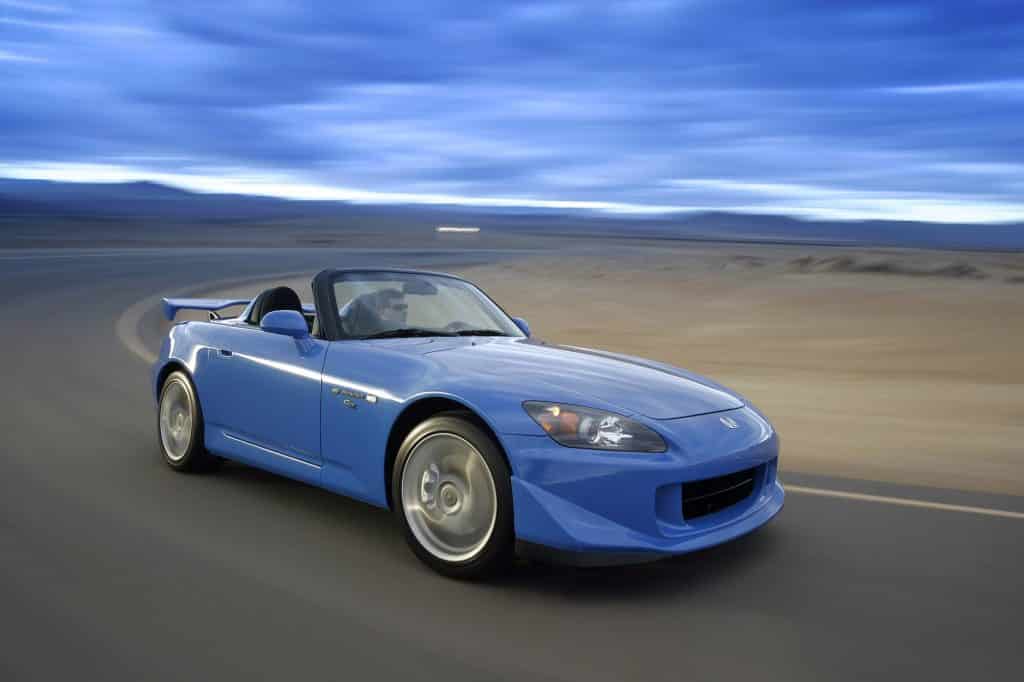
The jewel of the Honda S2000 is, of course, the engine. It’s a 2.0 litre (or 2.2 litre, in later years in the US) VTEC-actuated inline four-cylinder engine.
Like the later Toyota 86 / Subaru BRZ, the Honda S2000’s engine is nearly square in configuration, with an 87mm bore and 84mm stroke, for a 1:0.96 bore:stroke ratio. The early 2.0 litre engine had an already aggressive 11.0:1 compression ratio, and the later 2.2L engine had an 11.1:1 compression ratio.

VTEC is Honda’s variable valve timing engine, seen in many cars (and even some motorcycles, like the Honda VFR800).
The engine is a one-piece open deck aluminium alloy engine. Its fiber-reinforced metal cylinder liners mean the block is lower weight and that the cylinders have faster heat transfer and greater resistance to wear — meaning that together with the lightweight forged aluminium pistons, the engine revs higher more easily than comparable four-cylinder engines.
Many other technologies let the Honda S2000 produce power at high revs, including a more precise metal injection molding process to produce highly polished rocker arms (for a low-friction valvetrain), roller element bearings in the coaxial VTEC cam followers, a compact geared camshaft drive, and of course the VTEC system in general.
The VTEC system needs special mention. For those unfamiliar, VTEC stands for Variable Valve-Timing and Lift Electronic Control.
VTEC is a system that’s designed to compensate for the time delay and out-of-phase arrival of the air-fuel charge at the intake valve. To do this, it needs to open valves for a short duration at low engine speeds, and for longer duration at higher engine speeds.
To do this, the VTEC system uses two different cam-lobe profiles — one for low engine speed and one for high speed. From idle to ~6000 rpm (depending on throttle position), the intake and exhaust valve cam followers are actuated by low-rpm cam lobes. But at high rpm, an electronic control unit sends pressure to pins in the cam followers, locking the intake and exhaust valve followers to a third follower, which is designed to match the induction and exhaust timing required for peak torque at high engine speeds.
The Honda S2000 has a 50/50 weight distribution. Together with its rigid chassis and suspension, the weight distribution helps give the S2000 the excellent handling it’s known for.
References — Manual Screenshots for the Maintenance Schedule for the Honda S2000
The above information came from the manual for the Honda S2000. We checked for both the 2L and 2.2L (Gen 2) models, as well as for the drive-by-wire model from 2006+.
In later years, Honda instituted their “maintenance minder” system which they use to this day. The Maintenance Minder allows users to check what needs to be maintained by checking information on the display.
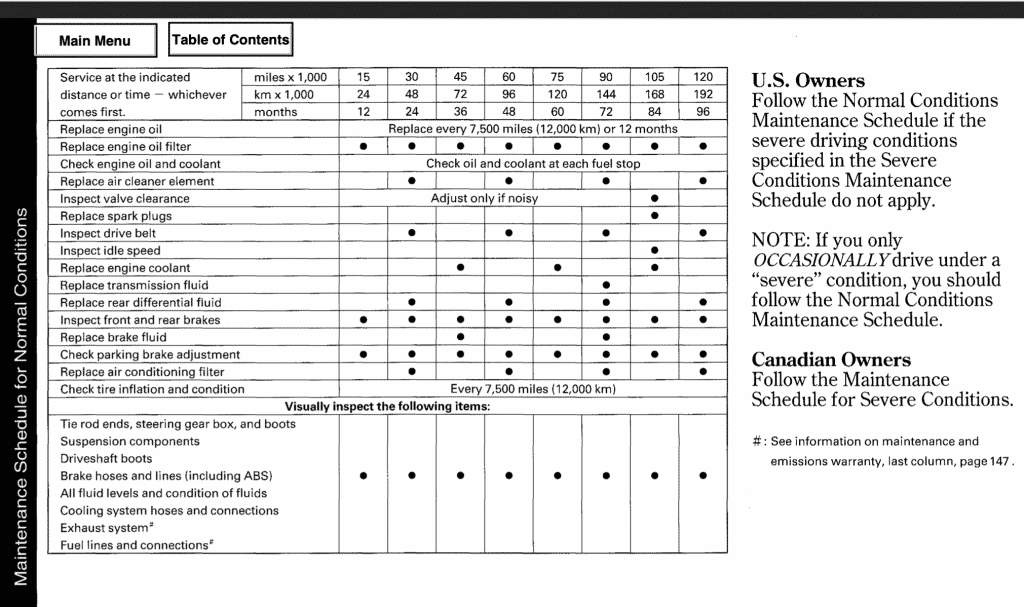
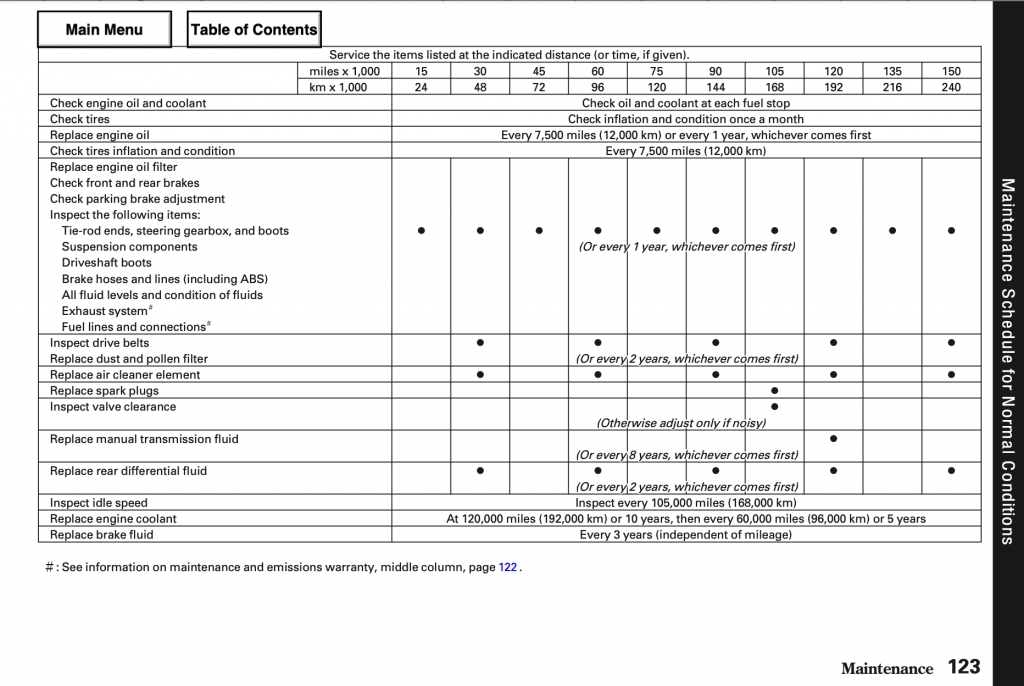
You can download owner’s manuals for Honda cars from their official owners website. The manual for the 2009 Honda S2000 is here.
